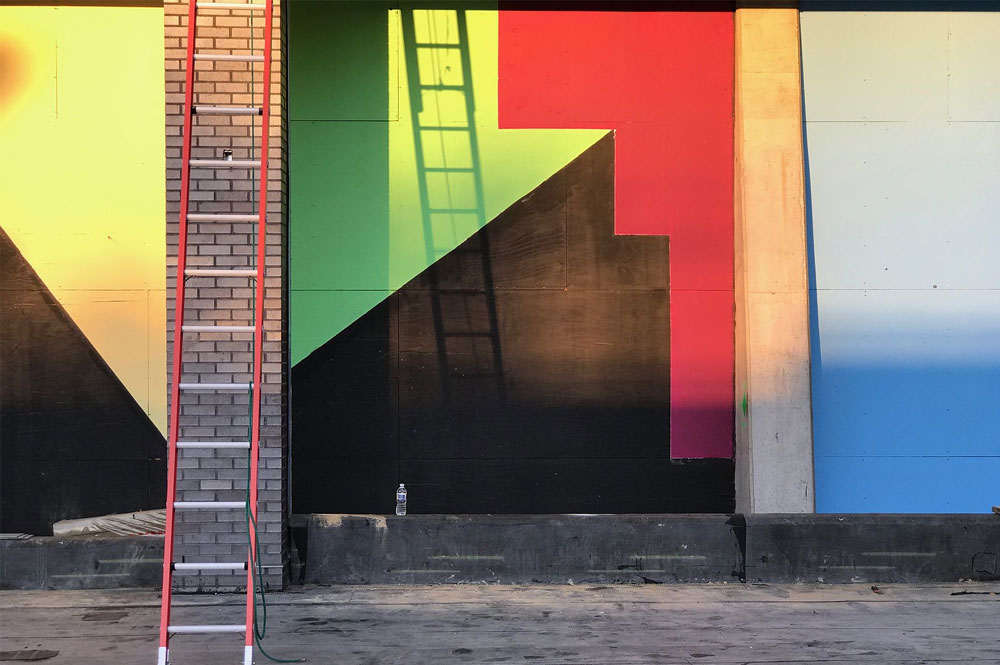Processing Color Print Film with C-41 Processing Techniques

Photo by wolfishstein. Licensed under CC BY-ND 2.0
Processing film and developing color negative film (color print film) is known as the C-41 process. While other processes exist, C-41 is the most commonly used in modern film photography. Much like color reversal E-6 processing, temperature control is extremely important for developing color negative film. Temperature shifts may result in severe color shifts or significantly over- or under-developed negatives.
Basic Steps for Processing Color Print Film
Like both black and white film processing and color reversal E-6 processing, the following steps are generic and times may change depending on the chemicals used. Please consult the instructions with the chemicals you purchase for more detailed information.
- Developer for around three minutes at 100° F that changes the red, green, and blue emulsion layers to form cyan, magenta, and yellow dye couplers.
- Bleach bath for four to six minutes at 100° F to begin removal of the silver.
- Wash for one minute at 75-105° F
- Fixer bath for four minutes at 100° F to finish the removal of the silver, leaving only the cyan, magenta, and yellow dyes on the film to for the negative image.
- Wash for three minutes at 75-105° F to remove any remaining chemicals and soluble silver.
- Final rinse for one minute at 75-105° F to aid in uniform and consistent drying.
- Dry in a dust-free environment.
If film cannot be processed in the home, any photo lab around the country can develop C-41 film. It would be greatly suggested that the film is taken to a professional photography business as they will handle the film more carefully than employees at box stores or pharmacies. Furthermore, if available, request processing only. The less someone else touches your film, the less likely it is to get scratched or damaged.
















